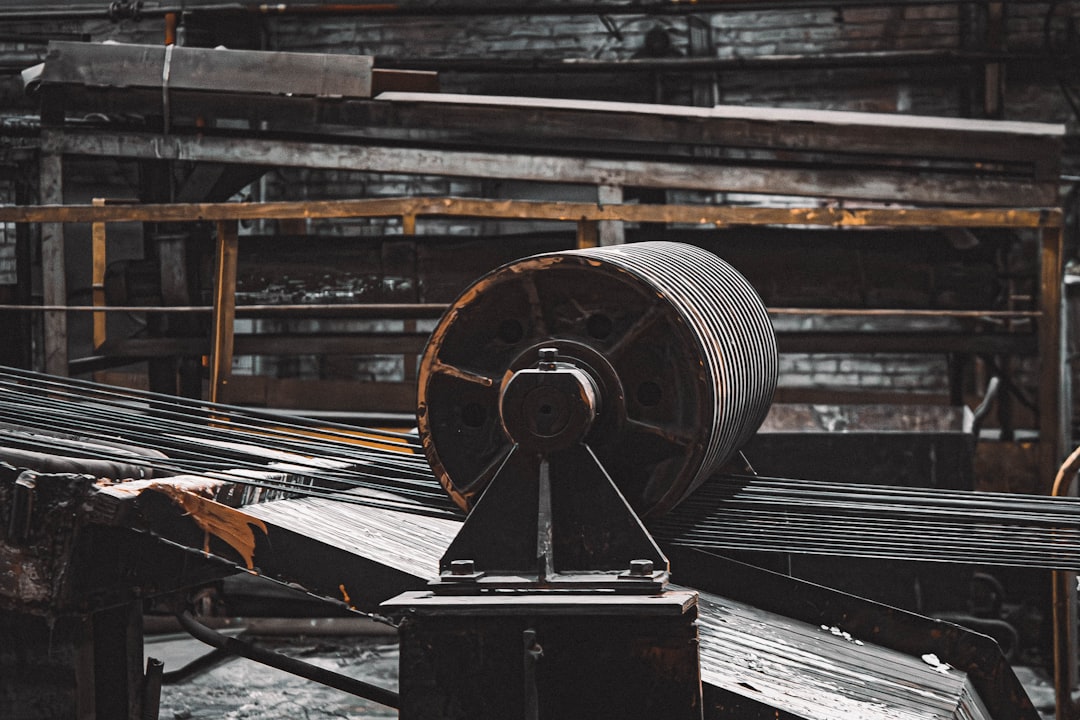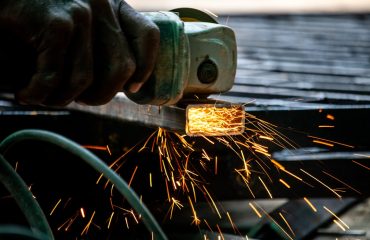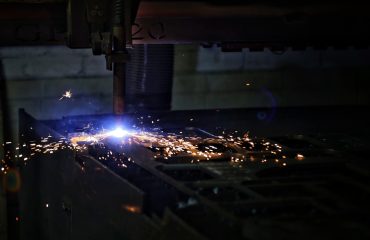The scrap metal market, a dynamic and often unpredictable arena, plays a crucial role in global resource management and industrial production. From discarded appliances to demolished buildings, the materials we deem “waste” hold significant economic and environmental value. Understanding the nuances of this market is key for businesses, investors, and environmentally conscious individuals alike. This comprehensive guide will navigate the complexities of the scrap metal market, exploring its key drivers, challenges, and future prospects.
Fluctuating Prices: Understanding the Dynamics of Scrap Metal Values
Scrap metal prices are notoriously volatile, influenced by a complex interplay of factors. Global supply and demand are paramount. A surge in construction activity, for instance, can significantly increase demand for steel scrap, driving prices upward. Conversely, a slowdown in manufacturing can lead to a surplus, depressing prices. The type of metal also plays a crucial role. Ferrous metals like steel and iron typically have a larger market and more stable (though still fluctuating) pricing compared to non-ferrous metals like aluminum, copper, and brass, which are influenced by specific industrial demands and technological advancements. Economic conditions, both globally and domestically, also exert significant pressure. Recessions often lead to lower scrap metal prices due to reduced industrial activity. Finally, geopolitical events and international trade policies can create unexpected shifts in the market, emphasizing the need for constant monitoring and analysis.
The Recycling Process: From Scrap to Resource
The journey of scrap metal from discarded material to usable resource is a multi-stage process involving collection, processing, and refining. Collection often begins with individual scrap yards or junkyards, which accumulate materials from various sources. These yards then sort the scrap by type and grade, ensuring the quality and purity of the materials for further processing. Larger scale operations may involve specialized equipment for shredding, baling, and separating different metals. The processed scrap is then transported to smelters or refineries, where it undergoes further processing to remove impurities and transform it into usable metal forms like ingots or billets. This recycling process not only conserves natural resources but also significantly reduces the environmental impact of mining and manufacturing new metals.
Key Players in the Scrap Metal Market: A Landscape Analysis
The scrap metal market involves a diverse range of players, each with its unique role. Scrap yards and recycling centers form the foundation, collecting and processing the raw materials. These businesses range from small, independent operators to large, multinational corporations. Then there are the brokers and traders, who facilitate the buying and selling of scrap metal between various parties, often connecting scrap yards with smelters and manufacturers. Smelters and refineries are responsible for transforming the scrap into usable metal forms. Finally, manufacturers and industrial consumers are the end users, purchasing the refined metal for their production processes. Understanding the dynamics and relationships between these players is crucial for navigating the intricacies of the market.
Emerging Trends and Future Predictions: The Scrap Metal Market’s Trajectory
The scrap metal market is constantly evolving, driven by technological advancements, environmental regulations, and shifting global economic landscapes. One prominent trend is the increasing demand for high-quality scrap metal, leading to improvements in sorting and processing technologies. The rise of electric vehicles and renewable energy technologies is also creating new opportunities for the market, particularly for the recycling of battery components and specialized metals. Moreover, stricter environmental regulations are placing greater emphasis on responsible recycling practices, leading to increased investment in sustainable technologies and infrastructure. Looking ahead, the scrap metal market is expected to experience continued growth, driven by the growing global population, increasing industrialization, and a greater focus on circular economy principles. However, challenges remain, including fluctuating commodity prices, geopolitical instability, and the need for improved infrastructure in developing countries.
Investing in the Scrap Metal Market: Opportunities and Risks
The scrap metal market presents both opportunities and risks for investors. While the market can be profitable, its volatility requires careful consideration. Investing in established scrap metal recycling companies or specialized ETFs can provide exposure to the market’s growth potential. However, thorough due diligence is crucial, considering factors such as market cycles, environmental regulations, and the financial health of individual companies. Diversification within the portfolio is also recommended to mitigate risks associated with price fluctuations. Understanding the various factors influencing scrap metal prices, as discussed earlier, is paramount for making informed investment decisions. Furthermore, staying abreast of technological advancements and environmental policies within the industry can provide a competitive edge.
The scrap metal market is a complex and dynamic ecosystem. By understanding the factors influencing prices, the recycling process, the key players, and future trends, individuals and businesses can navigate this market effectively and capitalize on its opportunities. Its importance in resource management and environmental sustainability makes it a sector worth close attention.




